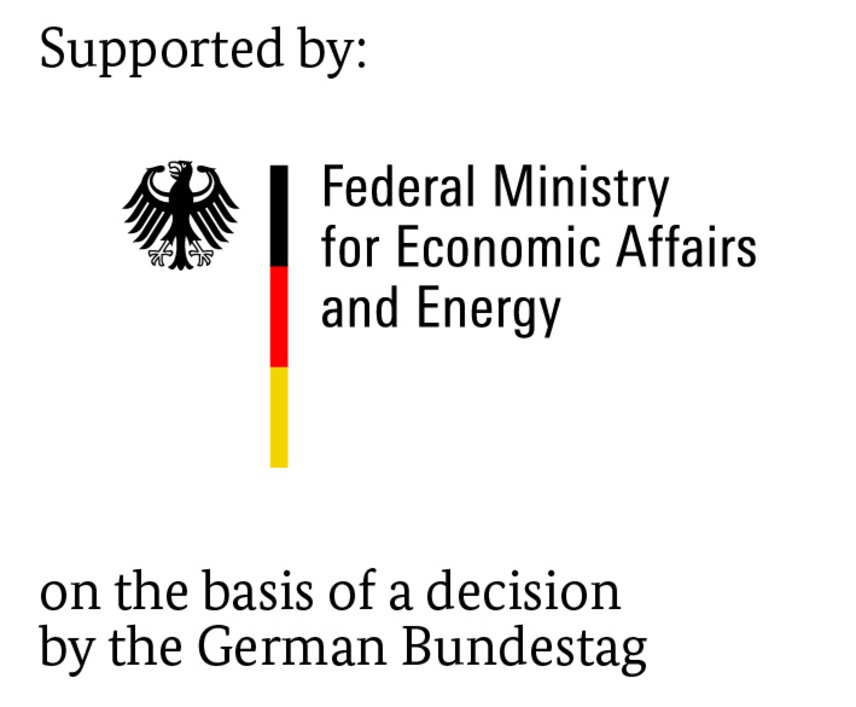The research activities continued the project “Low alkali cements with fly ash” (IGF 17249N) with two main targets. Firstly the effects of different characteristics of cements with fly ash on the release of aluminium into the pore solution were investigated. Aluminium seems to have a significant influence on the solubility of silicates and thereby on the course of an alkali silica reaction (ASR). It could be shown, that during the production of cements with fly ash as a main constituent the use of fly ashes with high contents of reactive Al2O3 (i.e. Al2O3 bound in the fly ash glass), the use of increased fly ash contents and the processing of the fly ash systematically contributed to an increase of the aluminium contents in the pore solutions of cement stones produced with the respective cement. The results completed the comprehensive insights on the relationships between characteristics of cements with fly ash and other mechanisms of ASR prevention through fly ash gained in the previous project.
Secondly it was investigated how much each of the examined mechanisms (reduction of the alkali ion concentration, reduction of portlandite availability, release of aluminium into the pore solution, change of the cement stone microstructure) contributes to the prevention of a deleterious ASR. The results of concrete prism tests with specifically selected fly ash containing cements prepared in the laboratory showed that the reduction of the alkali ion concentrations was the largest single factor for ASR prevention. Together with the results of the project IGF 17249N, the findings allowed to derive the following requirements for fly ash containing cements that can fulfil the current standards for low alkali cement (“NA-Zement”) in Germany:
- minimum fly ash content: 30 mass%
- maximum alkali content in clinker: 1,0 mass%
- maximum alkali content in fly ash: 3,0 mass%.
Today practically only Portland cement and cement with ground granulated blastfurnace slag can fulfil the current standards for low alkali cement (“NA-Zement”) in Germany. Due to differences in raw materials and process technology as well as and in regional availability of slag, the production of low alkali cement is not possible in all cement plants. The results of the research project contribute to an increase in the number of main constituents suitable for low alkali cements. It also simplifies the transition from low alkali Portland cement to low alkali cements with lower clinker factors.

